What’s This About?
If you want to stay competitive in tennis—and avoid those nagging injuries that slow down your game—you need more than just agility and speed. You need functional strength.
This isn’t about maxing out weights at the gym. It’s about building strength that translates to the court:
👉 Strength that improves your rotation,
👉 Strength that helps you stop on a dime,
👉 and strength that keeps your shoulders, hips, and knees healthy.
Whether you’re smashing serves or chasing down a drop shot, your body needs to absorb force, redirect it, and repeat—all without breaking down.
Why This Matters
Tennis is high-impact and high-repetition. That means you’re rotating, lunging, accelerating, and decelerating over and over again.
And if your body isn’t built to handle that kind of stress, it’s only a matter of time before something gives.
The most common injuries in tennis?
🔸 Shoulder impingements
🔸 Hip tightness and strains
🔸 Knee pain and instability
Most of these issues don’t come from one bad move—they build up from weakness, poor movement patterns, and lack of strength in the right areas.
That’s why strength + mobility training isn’t just helpful.
It’s your insurance policy for staying in the game long term.
How to Fix It (And Build Court-Ready Strength)
If you’re only running laps or doing cardio circuits, it’s time to upgrade your training. Here’s how to build strength with purpose:
✅ Train Rotation and Anti-Rotation
Tennis is rotational. You need to generate power and control it.
Try:
- Pallof presses
- Russian twists with control
- Cable rotations
- Medicine ball rotational slams
✅ Train for Deceleration
Stopping safely is just as important as moving fast.
Try:
- Split squats
- Eccentric lunges
- Lateral bounds with control
✅ Build Shoulder and Hip Stability
These are two of the most vulnerable joints for tennis players.
Try:
- Banded external rotations
- Controlled overhead presses
- Glute bridges and hip thrusts
- Monster walks
✅ Incorporate Mobility Work
Strong muscles are only useful if they can move properly.
Use:
- Thoracic spine mobility drills
- Hip openers
- Shoulder dislocates (banded)
- Foam rolling post-session
The goal isn’t just to play better — it’s to play longer and smarter.
Strength training designed for tennis builds the durability, balance, and power your game needs — and keeps you from the sidelines.
Text CUSTOMIZER to 980-252-2552 or visit www.drfitness.fit for a free consult.






























